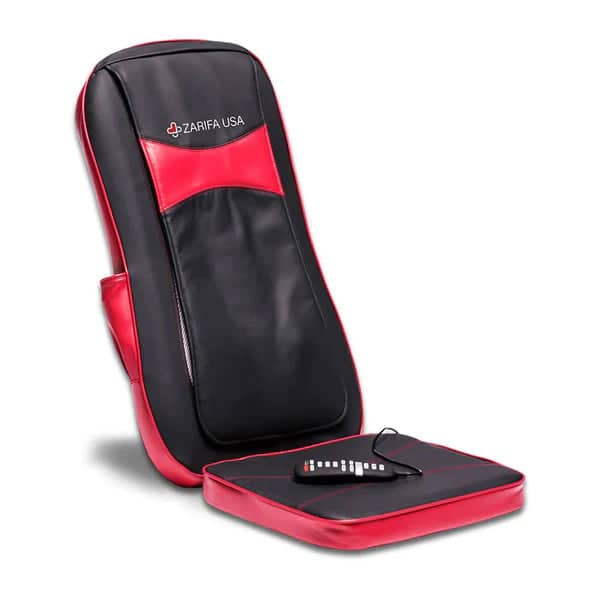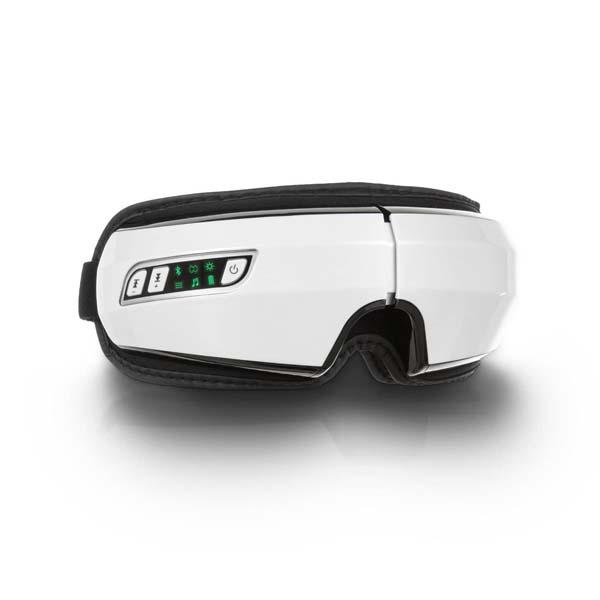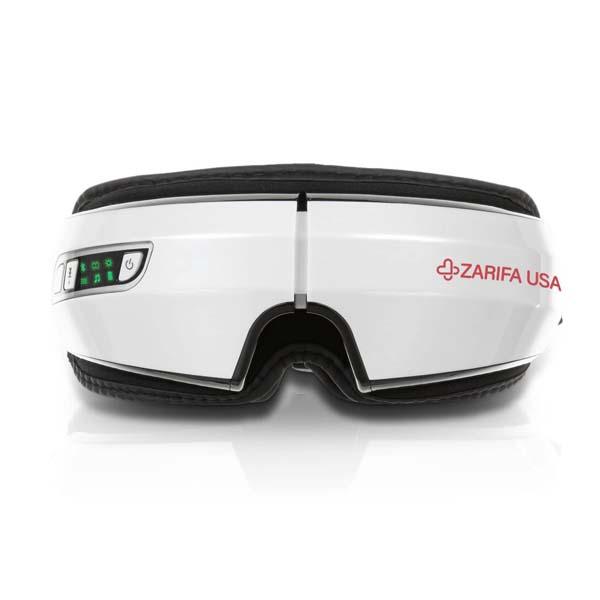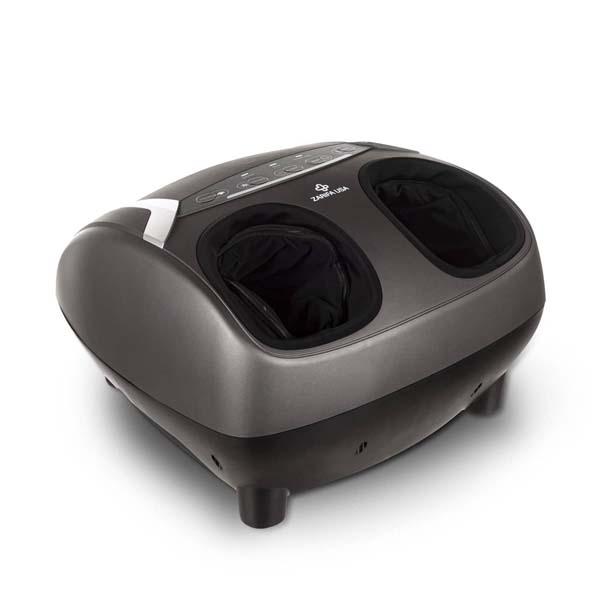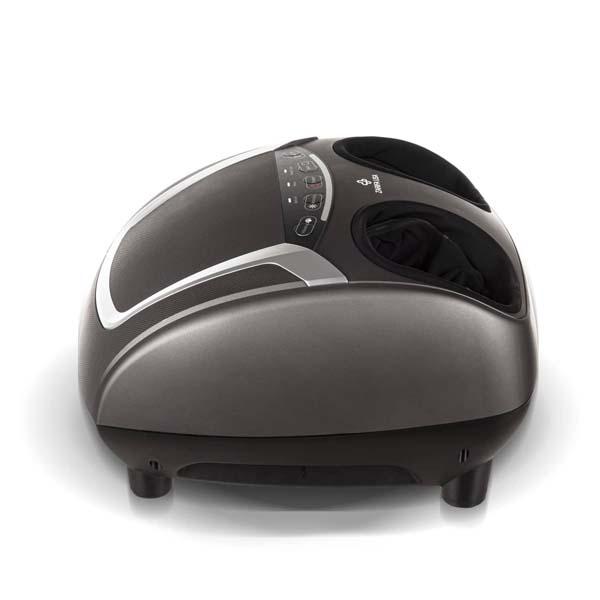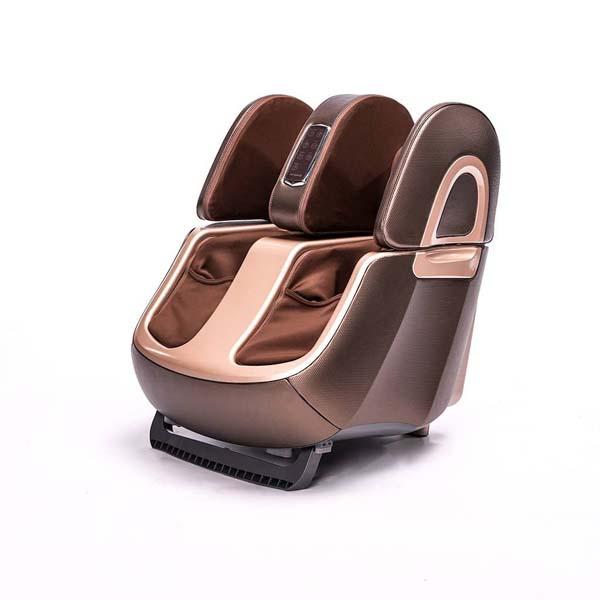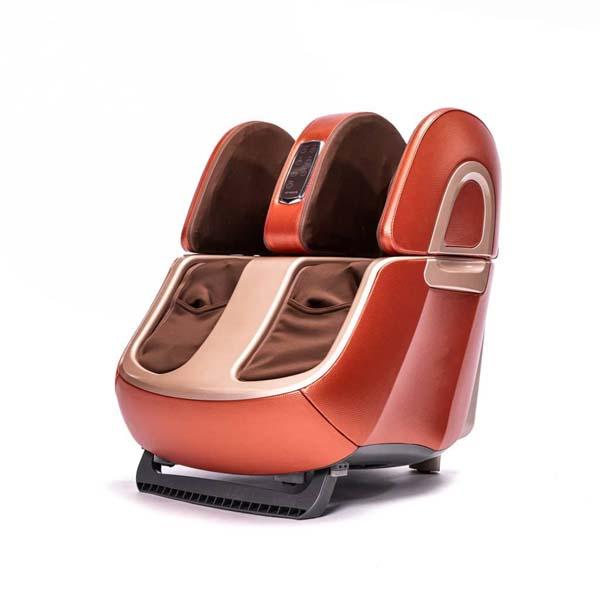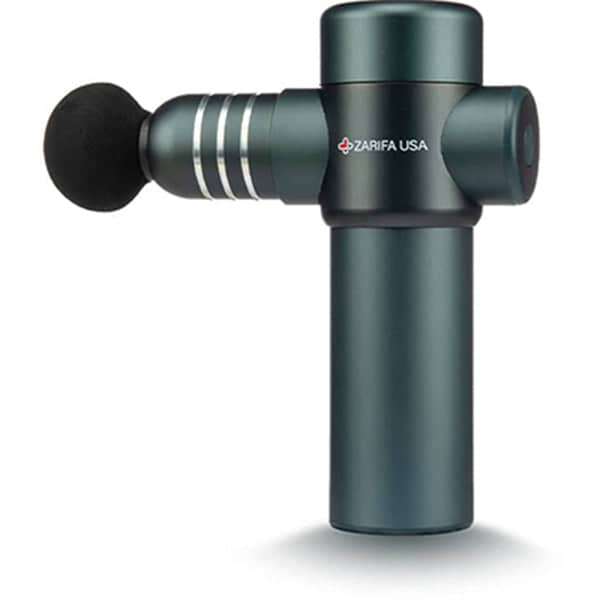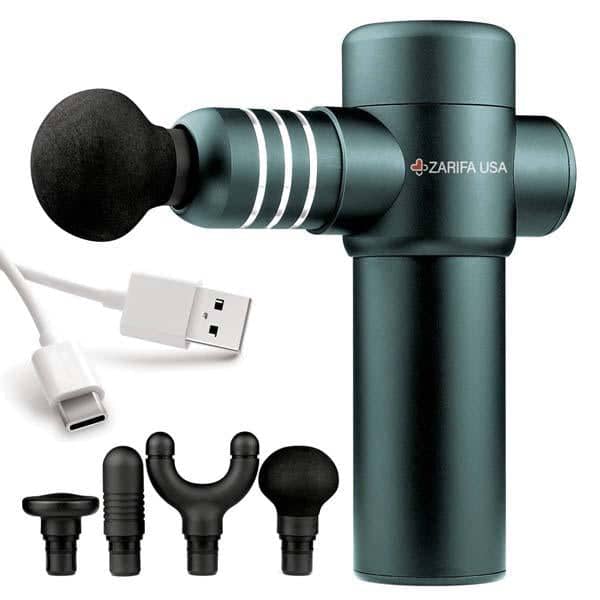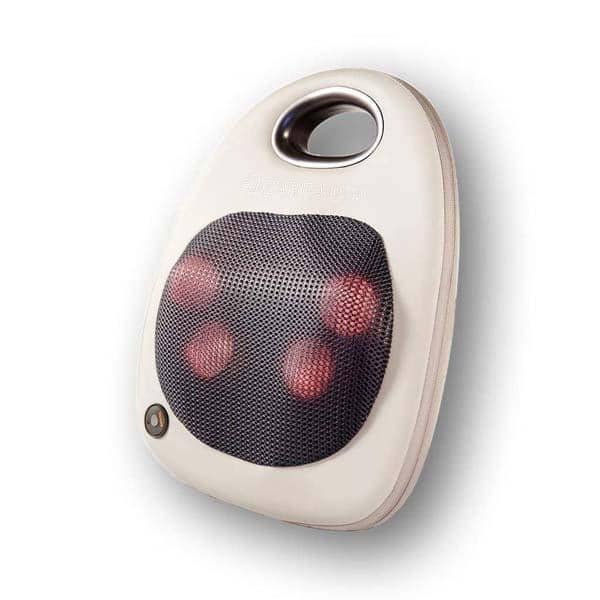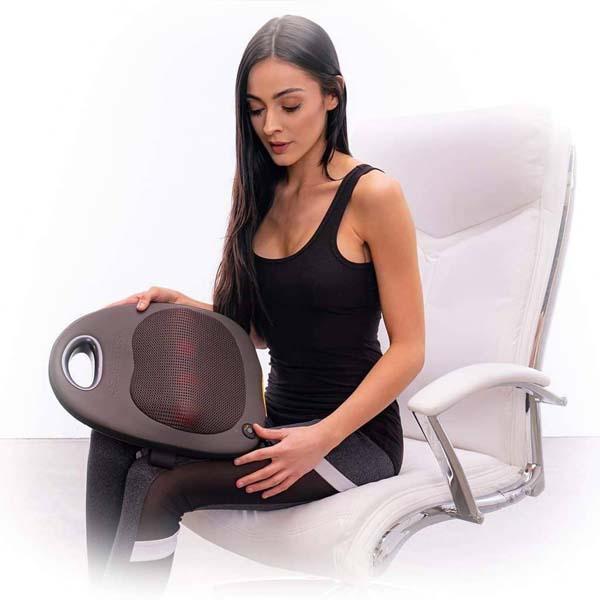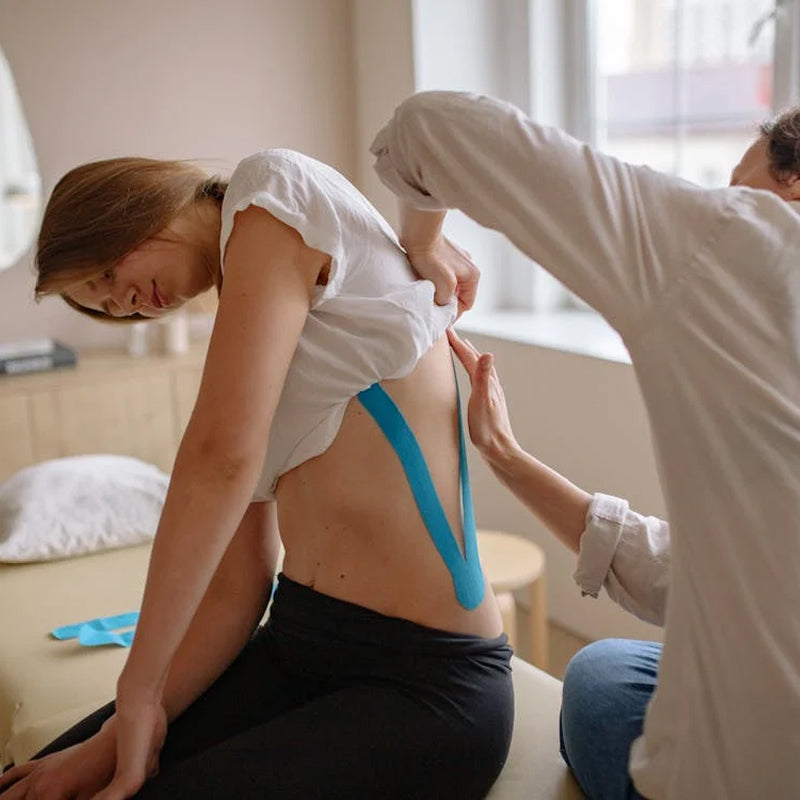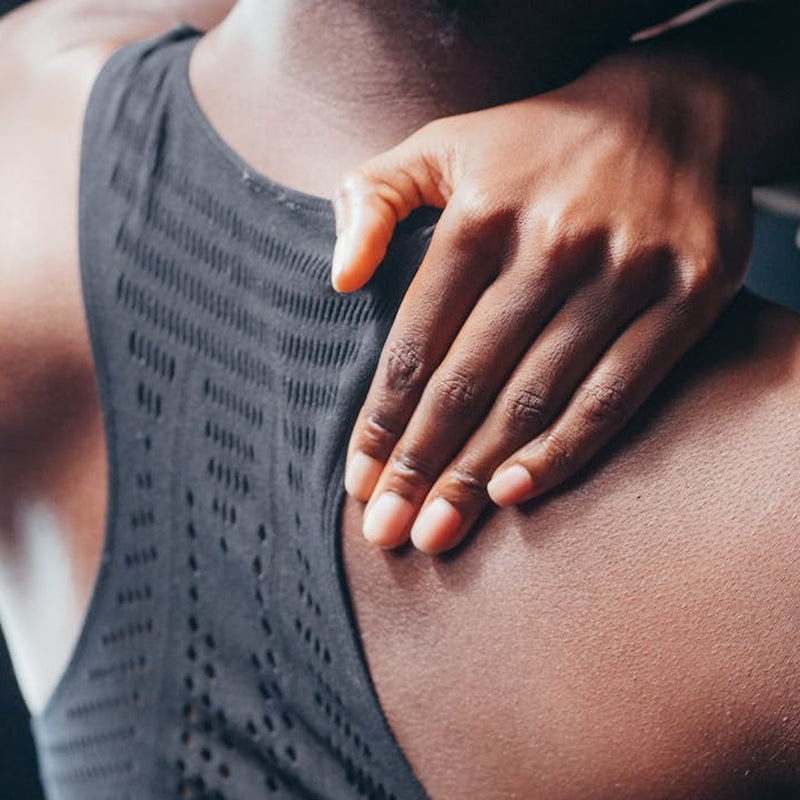Introduction to Postpartum
Nobody wants to care for a newborn and deal with postpartum back pain. What a horrible combination! Unfortunately, back pain is a common ailment after giving birth. All of your organs shift during pregnancy, and labor strains your muscles. If you're suffering from postpartum back pain, these tips will help provide some relief.
Understanding Postpartum Back Pain
After giving birth, most women experience some form of discomfort or pain, particularly in the back. Many also feel pain in the lower abdomen, especially near the incision after a C-section, and general discomfort as their body heals. The postpartum period can be challenging as your body adjusts to its pre-pregnancy state. Understanding the causes and types of postpartum symptoms can help you better manage them.
Causes of Postpartum Back Pain
Several factors contribute to postpartum back pain. The process of giving birth, whether through vaginal birth or cesarean birth, puts significant strain on the body. Postpartum recovery can also involve issues like constipation and delayed bowel movement. To ease constipation, it is advisable to drink plenty of water, eat fiber-rich foods, and seek medical advice if there is a delay in having a bowel movement. During pregnancy, your body releases hormones that loosen the ligaments in your pelvic area to prepare for childbirth. This can lead to joint instability and muscle strain, contributing to back pain after delivery.
Relax, Relax, Relax
It takes a lot for your body to give birth. You experience quite a few changes, and you're learning how to take care of a newborn. It's time to take a break by setting aside time each day to relax. Receive some relief from the tension and soreness by taking good care of yourself.
While the baby naps or your partner or family member supports the baby, take a soak in the tub to put some moist heat on the pain. You could also make an appointment with a massage therapist to help release tight muscles. Remember to take deep breaths to help ease the pain. Moist heat from warm water can improve blood flow and alleviate muscle tension.
For relief at home, you can use a back or neck massager. Have your partner run the massager over the tight areas on the lowest setting.
Gentle Postpartum Exercises
Though moving around is probably the last thing you're interested in, a gentle workout can help relieve your back pain. These exercises will strengthen your core and aid in postpartum recovery.
Start easy with short walks around the block or on the treadmill. It's usually safe to begin walks quickly after giving birth. Start introducing more gentle exercises, such as pelvic tilts, after getting the “okay” from your doctor. Stretching and yoga will help, too.
Engaging in pelvic floor exercises can also be beneficial. These exercises strengthen the muscles that support the uterus, bladder, and bowels, aiding in overall postpartum recovery.
Don't Forget About Good Posture
Poor posture strains your muscles. Invest in a comfortable chair to sit in while feeding your baby. Crouch down to pick up objects off the floor instead of bending over. Avoid picking up heavy items, as you don't want to stress your back. Maintaining good posture can prevent further strain and alleviate existing pain.
Talk To Your Doctor
If the pain is completely unbearable, make an appointment to discuss solutions with your doctor. They could send you to a physical therapist or provide other pain-coping strategies. These options can help you effectively manage your symptoms.
Your doctor might also recommend pain medication or other interventions. Always consult your healthcare provider before taking any medication, especially if you are breastfeeding.
Use Back Supports
A lot of back pain is due to a lack of support. Strategically place pillows while sitting or lying down to support your arms and back. Try to avoid standing for long periods. But if you have to stand, use a step stool or flat object to help shift weight off your back, and place one foot on the item and one on the floor.
Managing Postpartum Symptoms
The postpartum period involves significant physical and emotional changes. New mothers may notice after birth pains, especially during breastfeeding, due to uterine contractions. Besides back pain, new mothers may experience vaginal bleeding, vaginal discharge, and other postpartum symptoms. It’s essential to monitor these symptoms and consult your doctor if you notice anything unusual.
Pain Management Techniques
Using pain relief methods like a warm water soak, a heating pad, or over-the-counter pain relievers can help manage discomfort. These techniques can be beneficial for women recovering from both vaginal delivery and cesarean birth. Always follow your doctor’s recommendations regarding pain medications and other treatments. Warm water can help ease discomfort and reduce muscle tension, providing much-needed relief.
The Role of a Physical Therapist
A physical therapist can design a personalized exercise and recovery plan to help alleviate postpartum back pain. They can teach you proper techniques for lifting, feeding, and carrying your baby to minimize strain on your back. Physical therapists are trained to help new mothers recover from childbirth, addressing muscle pain, joint pain, and overall body recovery.
Dealing with Emotional Changes and Postpartum Depression
Postpartum depression and baby blues are common among new mothers. It's crucial to recognize the signs and seek help if needed. Emotional well-being is just as important as physical recovery during the postpartum period. Hormonal shifts can significantly impact mood and energy levels, so it's essential to seek support from healthcare providers, family, and friends.
Recognizing Serious Symptoms
While postpartum back pain is usually not a cause for alarm, certain symptoms should not be ignored. Severe pain, chest pain, heavy vaginal bleeding, or signs of deep vein thrombosis require immediate medical attention. It is crucial to be aware of these symptoms and act promptly to avoid complications.
Practical Tips for Postpartum Care
-
Stay Hydrated: Drink plenty of water to help your body recover and maintain energy levels. Proper hydration is vital for healing and overall health.
-
Balanced Diet: Eat a nutritious diet to support healing and provide the energy needed to care for your baby. Include a variety of fruits, vegetables, lean proteins, and whole grains in your meals.
-
Rest: Get as much rest as possible. Sleep when the baby sleeps to help your body recover. Adequate rest is essential for physical and emotional well-being.
-
Avoid Heavy Lifting: Refrain from lifting heavy objects to prevent further strain on your back. Use proper lifting techniques and ask for help when needed.
-
Regular Checkups: Attend all your postpartum checkups to monitor your recovery and address any concerns promptly. These checkups are essential for detecting any complications early.
The Importance of a Postpartum Checkup
Your postpartum checkup is crucial for ensuring your recovery is on track. Discuss any lingering pain or new symptoms with your healthcare provider. This checkup can help detect issues like postpartum hemorrhage or postpartum preeclampsia early, ensuring timely treatment. Regular checkups provide an opportunity to address any concerns and receive guidance on postpartum care.
Postpartum Recovery Timeline
The postpartum recovery timeline varies for each woman. Some may feel better within a few weeks, while others might take several months to recover fully. Patience and self-care are key during this period. Understanding that recovery is a gradual process can help manage expectations and reduce stress.
Understanding Postpartum Body Changes
After giving birth, your body goes through significant changes as it adjusts to no longer being pregnant. You may notice physical changes like weight loss, changes in breast size due to breastfeeding, and hormonal shifts affecting mood and energy levels. It's important to give yourself grace and time to adjust to these changes.
Pelvic Floor Exercises
Incorporating pelvic floor exercises into your routine can aid in postpartum recovery. These exercises help strengthen the muscles that support the uterus, bladder, and bowels, which can be weakened during childbirth. Strengthening these muscles can improve bladder control, reduce pelvic pain, and enhance overall core strength.
Managing Hormonal Changes
Hormonal changes during the postpartum period can lead to mood swings, anxiety, and depression. It's important to be aware of these changes and seek support if needed. Activities like mindfulness meditation, yoga, and spending time outdoors can help manage stress and improve emotional well-being.
Addressing Vaginal Discharge and Bleeding
It’s normal to experience vaginal discharge and bleeding after giving birth. The vaginal opening may experience tearing or episiotomy during delivery, leading to soreness and discomfort. This discharge, known as lochia, typically lasts for several weeks. Monitoring the color and amount of bleeding is important, and any heavy vaginal bleeding or large clots should be reported to your healthcare provider immediately.
Importance of Hydration
Drinking plenty of water is crucial during the postpartum period. Staying hydrated helps with milk production for breastfeeding mothers, aids in digestion, and supports overall recovery. Aim to drink at least eight glasses of water a day, and more if you are breastfeeding.
Proper Nutrition for Postpartum Recovery
Eating a balanced diet rich in nutrients supports healing and provides the energy needed to care for your baby. Focus on incorporating a variety of foods, including lean proteins, fruits, vegetables, whole grains, and healthy fats. Nutrient-rich foods help replenish the body and support overall health.
Rest and Sleep
Adequate rest and sleep are essential for postpartum recovery. Sleep when the baby sleeps to ensure you get enough rest. Lack of sleep can exacerbate stress and fatigue, making it harder to manage postpartum symptoms. Creating a comfortable sleep environment and establishing a bedtime routine can improve sleep quality.
Postpartum Checkups and Follow-Ups
Attending all your postpartum checkups is vital for monitoring your recovery and addressing any concerns. These checkups provide an opportunity to discuss any lingering pain, emotional challenges, and physical changes. Regular follow-ups with your healthcare provider ensure that any potential issues are identified and treated early.
Dealing with Severe Pain
If you experience severe pain that does not improve with home remedies, consult your healthcare provider. Severe pain could be a sign of an underlying issue that needs medical attention. Pain relief options, including medications and therapies, should be discussed with your doctor to find the most effective solution.
Conclusion
If you're suffering from postpartum back pain, use the above tips to get some relief. Caring for a newborn is hard work, and you shouldn't have to deal with pain. By incorporating these strategies, you can manage your pain and focus on enjoying your new baby. Remember that the postpartum period is a time of healing and adjustment, and taking care of yourself is crucial for a smooth recovery.
(Always remember information within this article is meant for entertainment purposes only and is in no way a replacement for professional medical or psychological support. Seek appropriate advice from a healthcare professional should you feel it necessary.)
Additional Tips for Postpartum Care
-
Use Ice Packs: Applying ice packs to areas of pain can reduce inflammation and provide temporary relief.
-
Warm Compresses: Warm compresses can help soothe sore muscles and improve blood flow to the affected area.
-
Supportive Clothing: Wearing supportive clothing, such as postpartum belts or compression garments, can provide additional support to your back and abdomen.
-
Hydration and Nutrition: Staying hydrated and eating a nutritious diet are essential for recovery. Include foods rich in iron, calcium, and protein to support healing.
-
Stay Active: Gradually increase your activity level as you feel stronger. Light exercises like walking and gentle stretching can improve circulation and aid recovery.
-
Mental Health Support: Don't hesitate to seek support for mental health challenges. Postpartum depression and anxiety are common, and help is available through counseling and support groups.
By following these additional tips and being mindful of your body's needs, you can enhance your postpartum recovery and enjoy the precious moments with your new baby.


